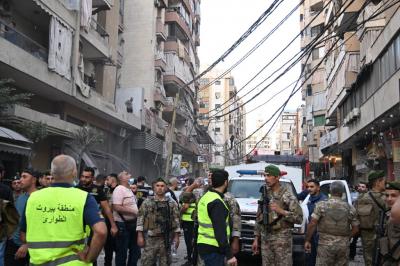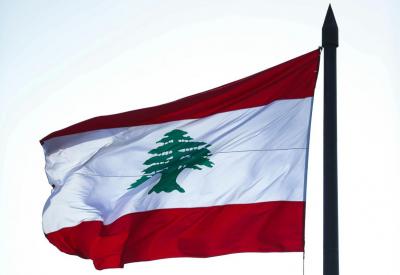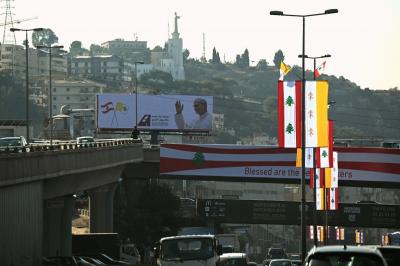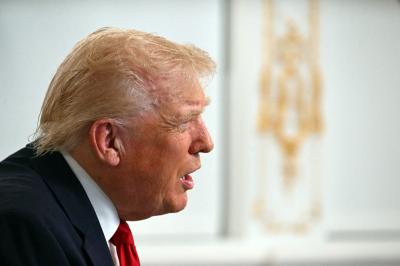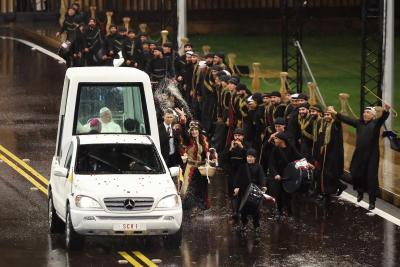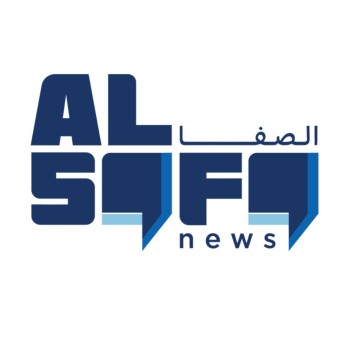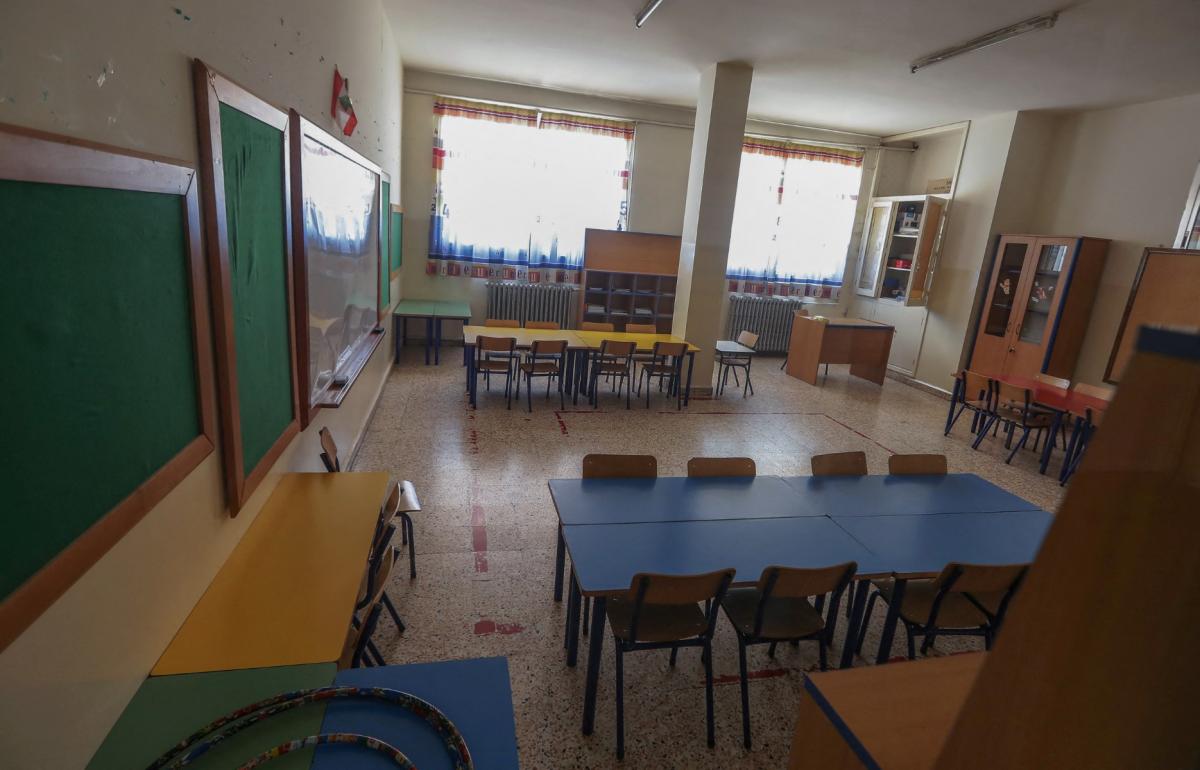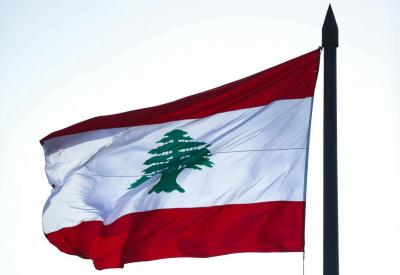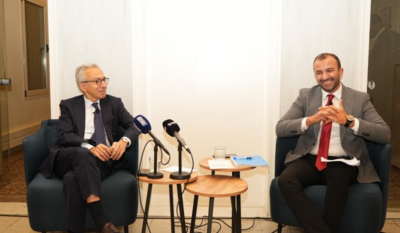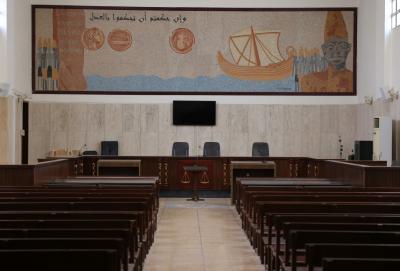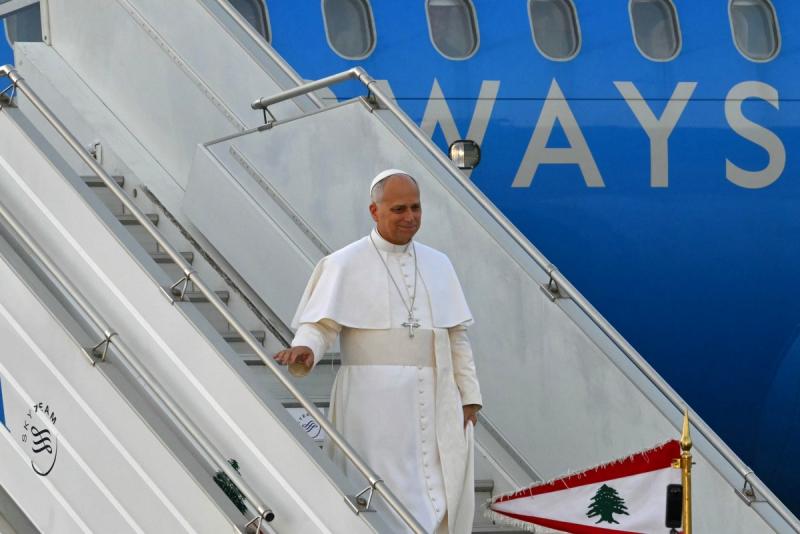Few countries have an educational landscape as complex and storied as Lebanon's. From the first missionary schools to the rise of private institutions and the eventual establishment of a national public education system, Lebanon's journey mirrors its broader social and political evolution. Yet, after decades marked by conflicts, economic turmoil, and technological disruption, the country's education sector now stands at a critical Junction —one that demands an urgent and visionary renaissance.
Foundations: Missionaries, Private Sector, State
Lebanon's educational journey began in the 19th century, when Western missionaries—primarily American, French, and British—established the country’s earliest schools and universities. These institutions introduced modern curricula, multilingual instruction, and a spirit of academic inquiry that set Lebanon apart in the region. The private sector soon followed, with religious and secular organizations founding schools that became renowned for their academic rigor and cosmopolitan outlook.
This legacy of diversity and excellence, however, came with its own challenges. The system became fragmented, with disparities in quality, resources, and ethos between private and public institutions. The state’s intervention, through the creation of public schools and the Lebanese University, was intended to democratize access and foster national unity. Yet, the dual system—public and private—remains a defining feature of Lebanese education, shaping both its strengths and its persistent inequalities.
With the founding of the Lebanese University's Faculty of Education, tasked with the formation of teachers, the public schools became the flag bearers of education in Lebanon to such an extent that the private sector sought the help of those teachers to raise the level of their teaching.
The Scars of War: Time lost and Lost Talents
The 1975–1990 War and subsequent conflicts have left deep scars on the nation's schools and universities. Prolonged violence led to frequent closures, with thousands of school days lost and entire cohorts of students left with fragmented educations. The physical destruction of the infrastructure was compounded by a more insidious loss: the exodus of qualified teachers and academics, many of whom sought safety and opportunity abroad.
This brain drain continues to haunt Lebanon. The shortage of experienced educators has contributed to the declining of the teaching quality, while the psychological toll of conflict has left both students and teachers grappling with trauma and instability. The education system, once a pillar of national pride, became yet another casualty of Lebanon's turbulent history.
Contemporary Challenges: System Under Strain
Public Schools as Shelters
A major, often overlooked challenge facing Lebanon's education system is the repeated use of public schools as emergency shelters during periods of bombing or security threats. Whenever violence escalates—such as during recent conflicts in the south—public schools are rapidly converted into collective shelters for displaced families. In the most recent wave of violence, about 40% of Lebanon's public schools and vocational centers were repurposed as shelters, rendering them unavailable for teaching and learning. This has led to:
- Massive Disruption of Education: Hundreds of thousands of students are displaced from their classrooms, with school buildings unavailable for extended periods.
- Overcrowding, Resource Strain: When schools attempt to resume classes, they must accommodate both regular students and displaced children, often in overcrowded, ill-equipped facilities.
- Delayed Academic Years: The start of the school year is frequently postponed to allow time for the transition of schools back from shelters to educational use.
Encompassing Displaced Syrian Students
Lebanon hosts a large population of Syrian displaced, including nearly half a million school-age children. Most of these children rely on Lebanon’s already stretched public education system, which has been forced to adapt through measures such as:
- Double-Shift Schooling: Many public schools operate a second afternoon shift exclusively for Syrian refugee students. While this has increased access, it has also led to teacher exhaustion, compressed learning time, and stretched resources.
- Overcrowded Classrooms: Class sizes have doubled in some areas, with facilities and sanitation severely strained. In some cases, multiple families shelter in classrooms, and displaced children seek to enroll in the same schools used as shelters, exacerbating overcrowding and increasing the risk of disease outbreaks.
- Inadequate Infrastructure: Many public schools are underfunded, with insufficient resources, dilapidated buildings, and a chronic shortage of educational materials and qualified teachers.
- High Dropout Rates: Economic hardship, child labor, and the inability to afford transportation or school materials contribute to high dropout rates among Syrian refugee children.
The Digital Divide and the Failure of Distance Learning
The COVID-19 pandemic exposed the fragility of Lebanon's digital infrastructure. When schools closed, the shift to online learning was hampered by widespread lack of access to reliable internet, computers, and even electricity. Teachers, often untrained in digital pedagogy, struggled to adapt. The result was widespread learning loss and a deepening of educational inequality between those who could afford private solutions and those who could not.
Changing World, Outdated Curricula
Lebanon's national curriculum has not seen a substantial update in decades. It remains rooted in rote learning and outdated content, ill-suited to the demands of a 21st-century knowledge economy. Students are often ill-prepared for careers in science, technology, engineering, and mathematics (STEM), and lack the digital literacy and critical thinking skills essential for global citizenship.
Shadow of Extremism and Sectarianism
Education in Lebanon is not immune to the country's broader sectarian divisions. In some cases, schools have become battlegrounds for competing ideologies, with curricula and school culture shaped by religious or political agendas. This undermines the social cohesion, stifles independent thought, and perpetuates the very divisions that have long plagued Lebanese society.
Neglecting Science, Technology
Despite Lebanon's rich intellectual tradition, its education system underemphasizes STEM subjects. Investment in laboratories, digital tools, and teacher training for science and technology is sorely lacking. As a result, Lebanon risks falling further behind in a global economy increasingly driven by innovation and digital transformation.
Case for Educational Renaissance
Lebanon's challenges are daunting—but they are not insurmountable. Around the world, countries have demonstrated that bold, systemic reform can transform education and, by extension, society itself. For Lebanon, an educational renaissance is not just desirable; it is essential.
Modernizing Curricula
A first step must be the comprehensive overhaul of the national curriculum. This means moving beyond rote memorization to embrace inquiry-based learning, critical thinking, and creativity. Digital literacy and STEM subjects should be at the core, alongside civic education that promotes tolerance, pluralism, and active citizenship.
Investing in Teachers
No education system can rise above the quality of its teachers. Lebanon must prioritize attracting, training, and retaining qualified educators. This requires competitive salaries, ongoing professional development, and support systems that recognize the complex realities teachers face. Restoring the prestige of the teaching profession is vital for long-term success.
Rebuilding Infrastructure, Bridging Digital Divide
The physical and digital infrastructure of Lebanese schools needs urgent investment. Every student, regardless of background, should have access to safe, well-equipped classrooms and the digital tools necessary for modern learning. Public-private partnerships and international support can play a crucial role in this transformation.
Promoting Equity, Inclusion
Reducing disparities between public and private education is essential for social cohesion. Policies must ensure that all communities—regardless of region, religion, or socioeconomic status—have equal access to quality education. Special attention should be paid to marginalized groups, including refugees, who make up a significant portion of Lebanon's school-age population.
Inclusive Education to Counter Extremism
Education must be a force for unity, not division. Schools should foster inclusive environments that celebrate diversity and equip students to resist the lure of extremist ideologies. This requires curricula that emphasize shared values, dialogue, and respect for difference.
Leveraging Technology
Finally, Lebanon must embrace technology not as a luxury, but as a necessity. Expanding access to online and blended learning, integrating digital tools into every classroom, and preparing students for the jobs of tomorrow will be key to the country's future competitiveness.
Promise of Renewal
A renaissance in Lebanese education holds the promise of far-reaching benefits:
- Economic Recovery: A skilled, adaptable workforce can drive innovation, attract investment, and spur sustainable growth.
- Social Cohesion: Education that bridges divides can foster a stronger, more unified national identity.
- Global Competitiveness: Emphasizing science, technology, and critical thinking will better position Lebanon in the global knowledge economy.
Lebanon's educational system stands at a crossroads. The challenges are real, but so too is the potential for renewal. By learning from its past and embracing a bold vision for the future, Lebanon can once again make its schools and universities a beacon of hope—not just for its own citizens, but for the entire region.
Please post your comments on:
[email protected]
 Politics
Politics
